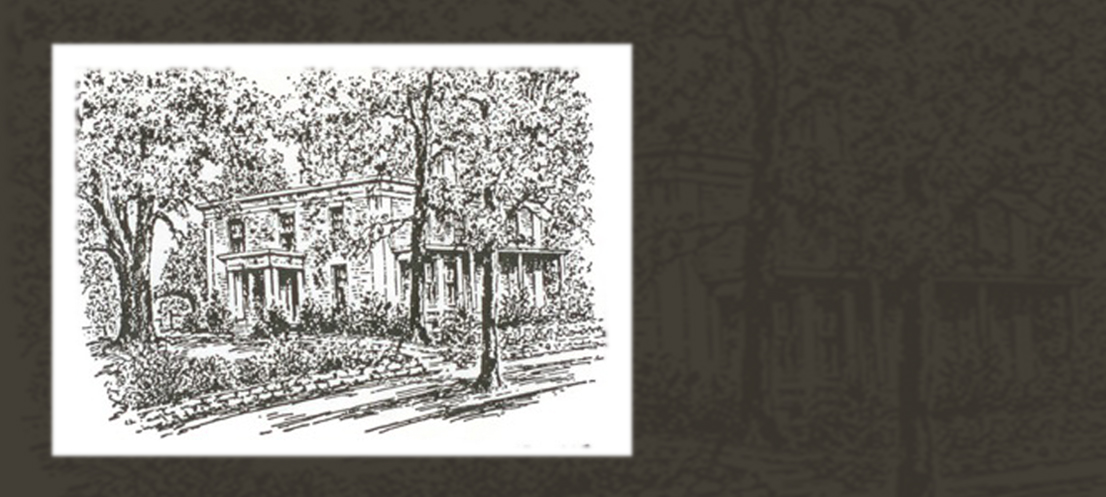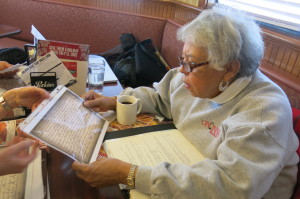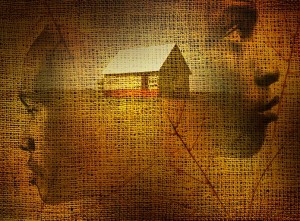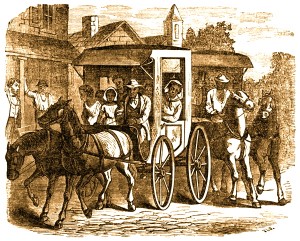Uncovering History
Genealogy paths sometimes cross in completely unexpected ways. Lisa Schumann, board member of the College Hill Historical Society and avid genealogy researcher, had a Eureka moment recently when, looking through records at the Campbell County, KY, courthouse, she came across a name that sounded familiar: Anthony Nelson. She’d heard that name before, and
+ Read More




















